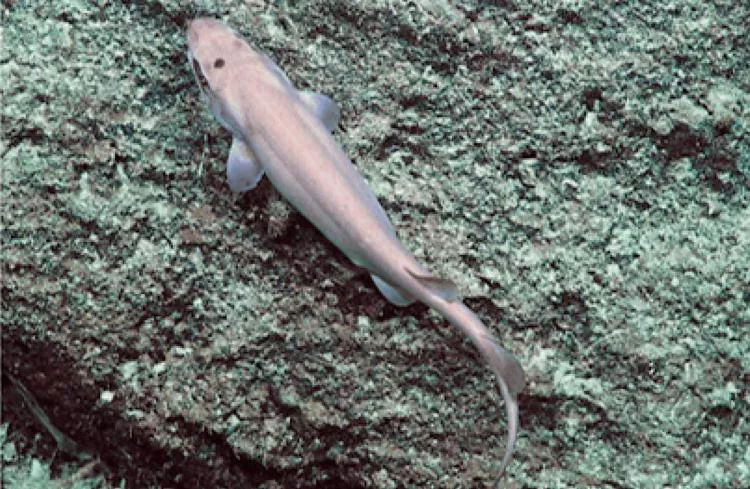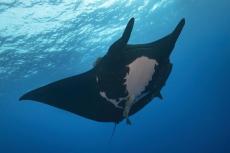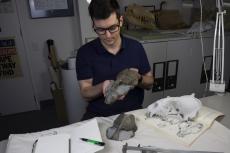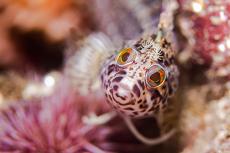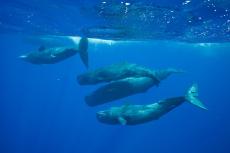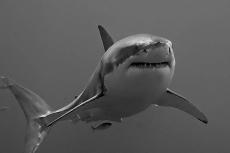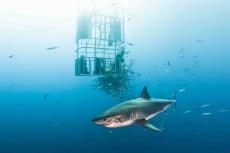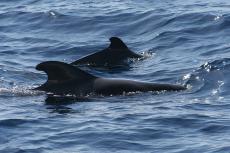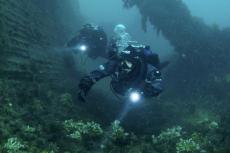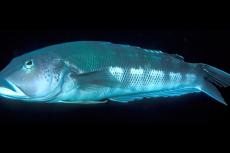Scientists Unveil the Roughback Bristle Shark
In a fascinating revelation, scientists conducting surveys in the depths of the western Pacific Ocean stumbled upon a previously unidentified shark species. Over a span from 1985 to 2019, these surveys documented encounters with multiple specimens of this mysterious shark, ultimately leading to the recognition of a new species: the Roughback Bristle Shark (Dichichthys satoi).
William T. White and his team of researchers described the distinct characteristics of the Roughback Bristle Shark through meticulous examination of its size, coloring, body structure, texture, dental arrangement, egg cases, and genetic makeup, and published their their study in the journal "Fishes." Residing at astonishing depths between 2,200 feet and 3,900 feet, the newfound shark species has, thus far, exclusively inhabited the waters off the western coast of New Zealand's North Island.
Appearance
These sharks typically reach lengths of around three feet and five inches, boasting robust bodies adorned with prominent spike-like structures that lend their skin a rough texture. Their mouths, adorned with roughly 200 visible teeth, attest to their predatory nature. The sharks exhibit a brownish-gray hue with white-edged fins.
Reproductive habits
One particularly intriguing discovery lies in the reproductive habits of female Roughback Bristle Sharks, with several found pregnant, harboring golden brown eggs encased in distinctive "banana-shaped" cases. It's believed that these egg cases are deposited by females before the embryos fully develop. Additionally, an examination of stomach contents revealed the remnants of fish and octopus beaks, further confirming the predatory nature of these sharks.
A complex taxonomic classification
The taxonomic classification of this new species has led to the resurrection of the genus Dichichthys for five species previously categorized under Parmaturus within the Pentanchidae family. The presence of supraorbital crests on the chondrocranium distinguishes Dichichthys from Parmaturus and other members of the Pentanchidae family. To accommodate Dichichthys, a new family, Dichichthyidae, has been proposed.
Furthermore, molecular analysis of the NADH2 mitochondrial gene reaffirms the placement of Dichichthys outside the Pentanchidae family, as well as its separation from the Atelomycteridae and Scyliorhinidae families. Notably, the description of Dichichthys satoi n. sp. expands the understanding of this genus, with unique egg cases featuring pliable ridges and coiled tendrils distinguishing members of the Dichichthys genus.
The ocean still hides many mysteries
This remarkable discovery underscores the importance of continued exploration and research in the depths of our oceans, offering invaluable insights into the biodiversity and ecological dynamics of these uncharted realms. As scientists delve deeper into the mysteries of the ocean, the revelation of species like the Roughback Bristle Shark serves as a testament to the marvels that await discovery beneath the waves.


